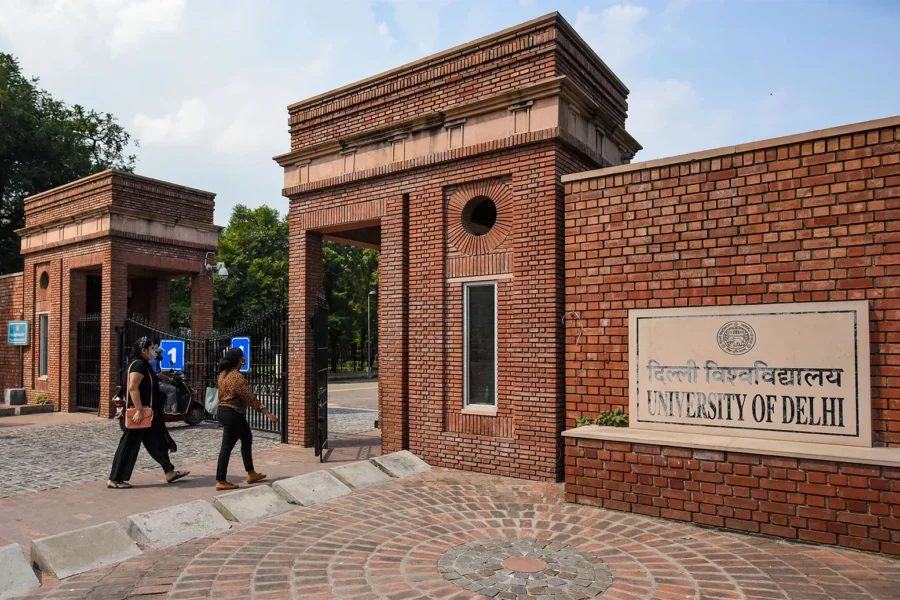
Nowruz is recognized across Iran and in various other nations, this holiday symbolises themes of rejuvenation and abundance. Here’s everything you need to know about Nowruz 2025.
What is Nowruz?
In Persian, Nowruz translates to new day which signifies the arrival of spring and the commencement of the New Year in the Persian solar calendar. With roots extending back over three thousand years, this celebration is deeply intertwined with Zoroastrianism, an ancient Persian faith that predates both Christianity and Islam. It coincides with the spring equinox, a moment when the sun crosses the celestial equator, heralding the onset of spring in the Northern Hemisphere. This event brings about nearly equal lengths of day and night in many regions, symbolising renewal, balance, and fresh beginnings—core principles of Nowruz.
This event is falling between March 19 to 21 accommodating various time zones across different countries.

Where is it celebrated?
Nowruz is widely celebrated in various areas, including Iran, Afghanistan, Azerbaijan, Central Asian countries (such as Uzbekistan, Turkmenistan, Tajikistan, Kazakhstan, and Kyrgyzstan), as well as parts of the Caucasus, the Middle East, and the Balkans.

How is Nowruz celebrated?
Nowruz signifies a time for new beginnings, purification, and connections. Although the celebrations may vary by country, many cultures share common rituals.
Before the holiday, families engage in thorough cleaning of their homes to clear out negative energy and embrace a fresh start.
On the eve of the last day before the New Year, people light bonfires and jump over them, symbolising letting go of the past and embracing into the future with renewed spirits.
The initial days of Nowruz are dedicated to visiting loved ones, exchanging gifts, and enjoying meals. People dress up in new clothes and enjoy traditional cuisine like sabzi polo ba mahi (herbed rice with fish) and ash reshteh (noodle soup).
The festivities conclude on the 13th day of Nowruz when families head outdoors for picnics, relishing the fresh air and releasing bad luck.
Significance of Haft Sin Table
The Haft Sin table, a significant element of Nowruz, embodies a cherished family tradition centered around seven items that begin with the Persian letter “s” (س).
A special cloth is spread across the table, adorned with seven items beginning with the letter “s” in Persian, each imbued with its own symbolic significance.
Although the exact origins of this custom are uncertain, it can be traced back to ancient Persia, where it was believed that plants, fruits, and spices hold spiritual and protective properties.
Over years, these items became an integral part of the Haft Sin, following the number seven, which possess deep spiritual importance in Persian and Zoroastrian beliefs representing creation, balance, and the fundamental elements of life that is sky, earth, water, plants, animals, fire, and humans.

- Sabzeh– This is sprouted wheat, lentils, or barley which signifies renewal and growth, typically cultivated in the days leading up to Nowruz and discarded on the festival’s 13th day.
- Samanu– It is a sweet wheat pudding that embodies strength, patience and abundance because it is made from wheat that takes time to sprout and mature.
- Senjed– These are dried oleaster fruits symbolising love and wisdom, believed to enhance strength in relationships.
- Seer– It is garlic which represents health and protection from evil forces.
- Seeb– These are apples symbolising beauty and good health.
- Serkeh– It is vinegar that signifies aging, patience, and wisdom.
- Sumac– These are crushed red berries which symbolises sunrise and the triumph of light over darkness.
In addition to these seven “s” items, people often add a mirror to contemplate the previous year, painted eggs for fertility, goldfish for new beginnings, and candles to symbolise light and joy.
Some families also include a book of poetry or prayers to bring wisdom and blessings into the Nowruz-New Year.
Read our more blogs only at BookWithUVA!






Leave a Comment